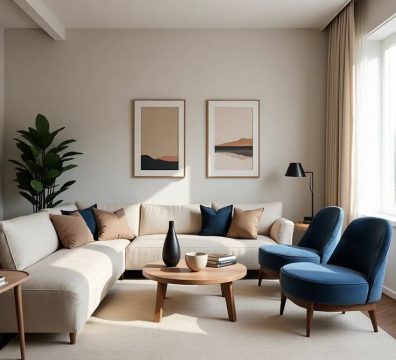
Home design in Ethiopia is evolving rapidly, blending cultural heritage with modern aesthetics and practical living. From traditional tukuls to contemporary urban villas, Ethiopian homes reflect diversity in style, function, and identity. This article explores key trends shaping home design in Ethiopia today.
1. Traditional Influences in Modern Ethiopian Homes
Many modern homes in Ethiopia incorporate elements of traditional design, such as circular layouts, clay walls, and thatched or flat roofs. These features not only represent heritage but also offer natural insulation against Ethiopia’s varied climate.
2. Urban Home Design: Embracing Minimalism
In urban centers like Addis Ababa, home design leans toward clean lines, minimalist layouts, and open spaces. Neutral tones, functional furniture, and modern lighting are preferred, especially in apartments and duplexes.
3. Sustainable and Eco-Friendly Home Design
As environmental awareness grows, Ethiopian homeowners and designers are turning to sustainable practices. This includes using local, renewable materials like bamboo and mud blocks, solar panels, and rainwater collection systems.
4. Ethiopian Interior Design: Culture in Every Corner
Interior design in Ethiopian homes often reflects cultural pride. From woven textiles (like tibeb) and hand-carved furniture to colorful murals and traditional artifacts, interiors are rich with history and meaning.
5. Modern Architecture and Layouts
Contemporary Ethiopian homes are increasingly designed with open-floor concepts, large windows for natural light, and integrated indoor-outdoor spaces. These homes emphasize comfort, functionality, and modern aesthetics.







